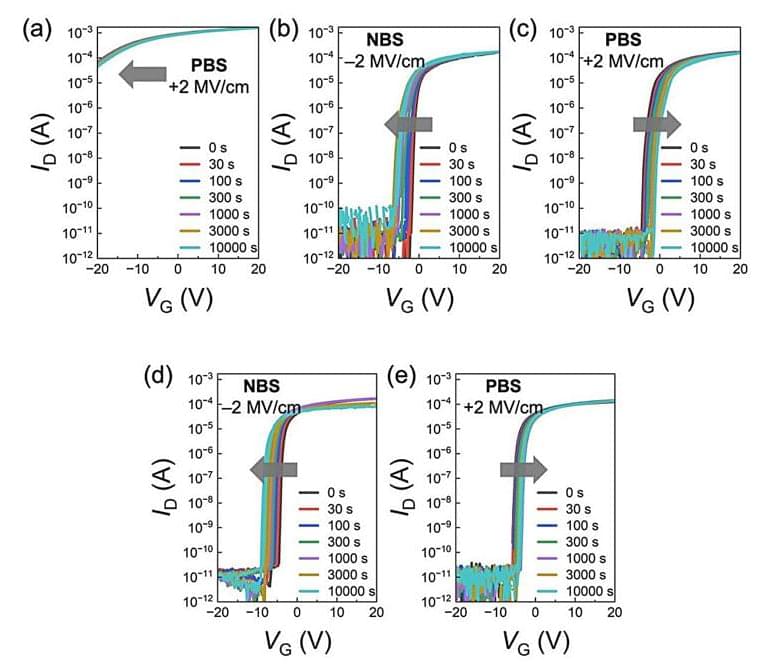Our AI method has accelerated and optimized chip design, and its superhuman chip layouts are used in hardware around the world.




How can electronic waste, also known as e-waste, be recycled without resulting in negative environmental impacts that are often produced with traditional e-waste recycling methods? This is what a recent study published in Nature Chemical Engineering hopes to address as a team of researchers from Rice University investigated a novel approach for improving e-waste recycling while mitigating the negative impacts on the environment. This study holds the potential to help researchers, climate conservationists, and the public better understand how they can contribute to a cleaner environment through recycling.
“Our process offers significant reductions in operational costs and greenhouse gas emissions, making it a pivotal advancement in sustainable recycling,” said Dr. James Tour, who is a T.T. and W.F. Chao Professor of Chemistry at Rice University and a co-author on the study.
For the study, the team built upon past research conducted by Dr. Toru involving flash joule heating (FJH), which uses electric currents to break down metals into other materials. Using FJH for e-waste, the researchers successfully removed precious metals, including tantalum, indium, and gallium, which have commercial uses in capacitors, LCD displays, and semiconductors, respectively. Additionally, this new method was found to provide increased efficiency for metal purity and number of metals, also called yield, at 95 percent and 85 percent, respectively, along with significantly reducing environmental harm since this method does not require acids or water for its reaction.

“Our study is a stark example of how air pollution can substantially alter atmospheric chemistry thousands of miles away,” said Jacob Chalif.
How do fossil fuels influence the atmospheric chemistry of the Arctic? This is what a recent study published in Nature Geoscience hopes to address as a team of scientists investigated how air pollution caused by fossil fuels influences levels of methanesulfonic acid (MSA), which is an airborne byproduct of marine phytoplankton. This study has the potential to help researchers, climate scientists, and the public better understand the long-term consequences of fossil fuels and the steps that can be taken to mitigate them.
This study builds on several past studies, specifically a 2013 ice core research study from Denali National Park, that hypothesized reduced MSA levels resulted from drastic reductions in phytoplankton during the same period. However, the researchers ruled out a connection between MSA and phytoplankton populations but were still puzzled about the drops in MSA levels in the Arctic.

Arizona-based startup Mechnano has exited “stealth mode” in the research and development of its carbon nanotube (CNT) technology for 3D printing materials.
The company has developed its first product, an electrostatic discharge (ESD) resin that delivers dissipative properties to 3D printed parts without compromising mechanical properties.
“These are extraordinary breakthroughs for additive manufacturing materials,” said Steven Lowder, Mechnano’s Founder and CEO. “By focusing on the nanoscale, or the molecular level, we are able to make exponential improvements in AM materials at the macro-level.

NEW YORK — In a groundbreaking development, scientists have created a revolutionary method to track the spread of cancer throughout the body, potentially paving the way for more effective treatments against this devastating disease. The new technology, developed by researchers at Cold Spring Harbor Laboratory and Weill Cornell Medicine in New York, uses genetic “barcodes” to monitor the movement of individual cancer cells, providing unprecedented insights into the process of metastasis.

A group of Korean researchers have recently succeeded in developing new p-type semiconductor materials and thin-film transistors that will lead the innovation of the semiconductor industry. These new discoveries are expected to be widely utilized to improve the overall performance of next-gen displays and ultra-low power semiconductor devices.


